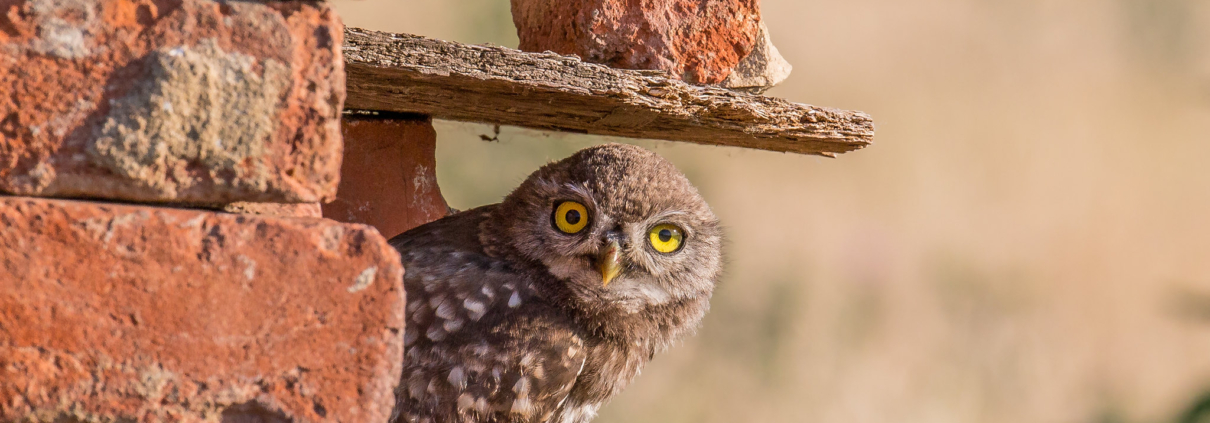Little Owl (Athene Noctua)
The Athene Noctua, commonly known as the Little Owl, is a captivating creature that has found a home in the diverse landscapes of Cyprus. This bird, also known as the owl of Athena or owl of Minerva, is a symbol of wisdom and knowledge in various cultures.
Appearance
The Little Owl, or Athene Noctua, is a charming bird with a distinct appearance. It is relatively small in size, measuring approximately 22 cm in length. Its plumage is cryptically colored, providing an excellent camouflage against the backdrop of its natural habitat. The bird’s upper parts are mottled with white spots, while its underparts are streaked with white. Its facial disc is plain and pale with radiant yellow eyes that stand out against its muted colors.
The Little Owl’s short tail and broad wings contribute to its distinctive silhouette when in flight. This unique appearance, coupled with its nocturnal lifestyle, adds to the allure and mystery of this fascinating creature.

Distribution
The Little Owl, Athene Noctua, boasts a wide distribution across several continents. It is native to Eurasia and North Africa, and has been introduced to England, the South Island of New Zealand, and the southwestern Cape Province of South Africa. In Europe, it is widespread in the Mediterranean region and is also found in parts of Scandinavia, Russia, and Asia Minor.
The bird’s adaptability allows it to inhabit a variety of environments, from farmland and woodland fringes to steppes and semi-deserts. In Cyprus, it has established a significant presence, nesting among rocks and in stone walls, away from human activities.

Conservation Status
The Little Owl is a common species with a wide range and large total population. The International Union for Conservation of Nature has assessed its conservation status as “least concern“. In Europe, the breeding population is estimated to number 618,000-1,170,000 pairs, which equates to 1,240,000-2,340,000 mature individuals. (BirdLife International)
Diet and Nutrition
The diet of the Little Owl is quite varied, reflecting its adaptability to different environments. It primarily feeds on a range of invertebrates, including insects and earthworms. Small vertebrates, such as rodents and small birds, also form part of its diet.
This nocturnal hunter uses its keen eyesight and hearing to locate and capture prey. The nutritional intake from its diverse diet supports the owl’s energy needs for hunting, reproduction, and maintaining its overall health. This dietary flexibility is a key factor in the Little Owl’s wide distribution and successful adaptation to various habitats.

Farm Helpers
Little Owls can be beneficial to farms due to their diet. They feed on various pests that can be harmful to crops and livestock. For instance, they consume insects, earthworms, and small rodents, many of which are considered pests in agricultural settings.
By controlling the population of these pests, Little Owls can help to reduce crop damage and maintain soil health. Additionally, their presence can serve as a natural indicator of a healthy ecosystem, which is vital for sustainable farming practices. Therefore, these owls play a crucial role in the ecological balance of a farm.


 Andy Morffew
Andy Morffew
